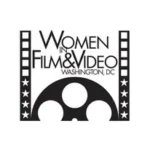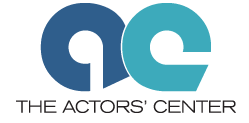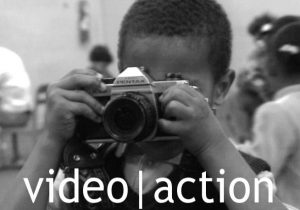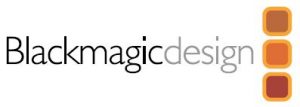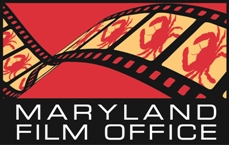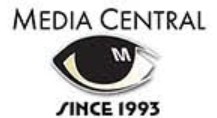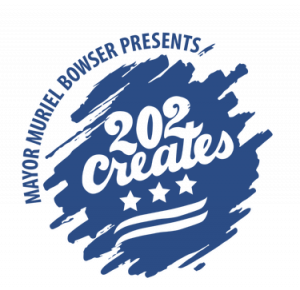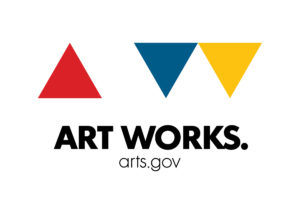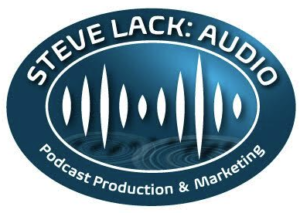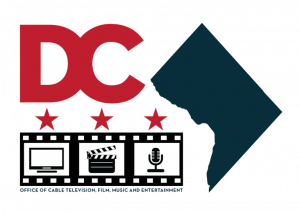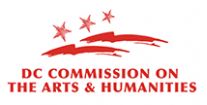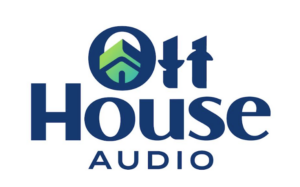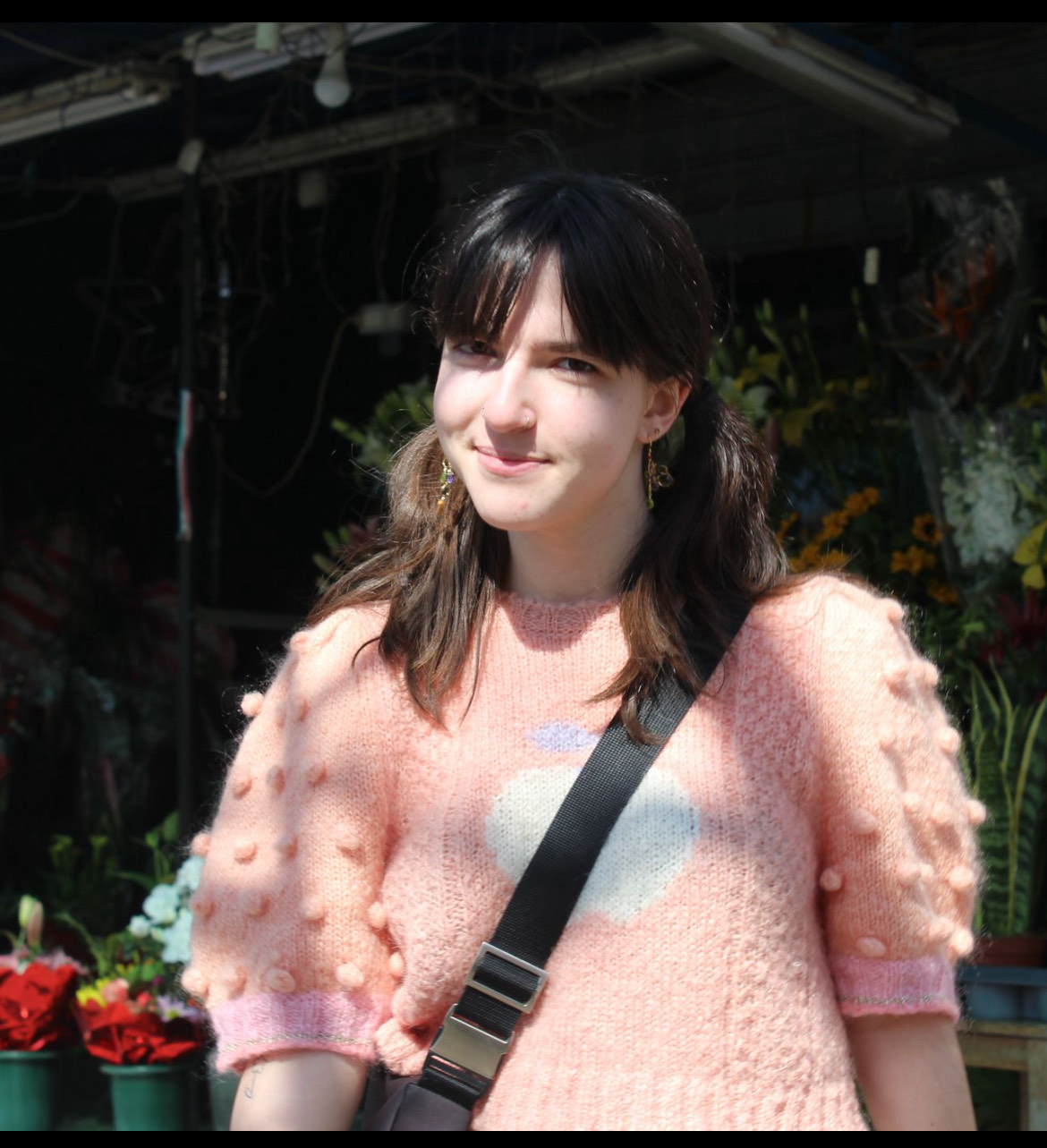
There’s no doubt that we are seeing more and more disabled voices in change-making power for the film industry. With this, we are also seeing an upward tick in festivals and filmmakers taking their disabled audiences into account. Despite these efforts, much of the industry is still falling behind.
According to The Accessibility Impact Scorecard from 2023, which documented 353 respondents over 75 film festivals, 73% of respondents experienced some sort of inaccessibility in their film festival experience. The Accessibility Impact Scorecard provided by FWD-Doc may be just the tool that industry officials and filmmakers want to take a look at, since it documents the direct feedback attendees of film festivals have regarding accessibility. FWD-Doc is a global non-profit that focuses on uplifting and supporting disabled filmmakers. They’re an organization to look to if you want to expand your accessibility resources as an industry member. Whether you’re a filmmaker, a festival director, or any role that may require you to factor in media accessibility concerns, information about where to start is becoming increasingly available.
I spoke with Andrea Passafiume, a film festival programmer and member of WIFV who collaborates with various festivals, including the Tribeca Film Festival, Sundance, and the Seattle Deaf Film Festival, among others, with which she has previously worked. As someone who is hard of hearing (HOH), Andrea is incredibly familiar with the intersection between film and accessibility. She also acknowledges her engagement in both the hearing world and the deaf community, giving her an interesting perspective on how the film industry can provide access for not only the deaf/HOH community but for all. Andrea is the festival programmer for the Deaf Way Film Festival, which is Gallaudet’s first film festival and the 3rd Deaf Way festival taking place this fall, the previous one being in 2002. This will be the official first film festival by Gallaudet, taking place from October 16-19, 2025. This film festival will celebrate deaf/HOH cast, crew, and stories. Since this festival is coordinated by Gallaudet, accessibility will be at the forefront of people’s minds. They have noted resources for deaf/HOH, hearing people, people with low vision, deaf/blind, wheelchair users, etc.
Andrea notes that the event will be an immersive signing event. However, this is not just an event for the deaf community; it’s also for anyone who wants to come together and celebrate deaf culture through media. Because of this, interpreters will be provided for hearing people as well. One thing that Andrea reflects on is that often, when people think of accessibility, their mind goes to wheelchair accessibility. In turn, festivals tend to consider themselves accessible solely because of features such as a wheelchair ramp. This is obviously not where the bar should be. It should be noted, however, that universal accessibility is not something entirely possible, especially since some individuals may have accessibility requests that conflict with those of others. Being fully transparent about which resources you do or don’t have is the first step to reassure your audience and gain their trust. It also gets a conversation going about whether other steps can be taken to allow for more access.
While multiple festivals are taking initiative and budgeting for resources such as captioning, interpreting, audio description, etc., a festival that is a stellar example to look to is Access: Horror. I attended this film festival virtually. On August 1, 2025, Access: Horror, in partnership with the George A. Romero Foundation, held an in-person event at DCTV (NYC) with a virtual participation option. The festival from the start already takes into account people who may not be able to attend in person, a feature that other festivals often lack. I was really looking forward to attending this festival since I had heard how great it was and had never attended a film festival centered around horror. The intersection with accessibility and horror films also raises a fascinating question that I’m sure the filmmakers had to take into account, which is: how do you make a horror film scary without relying on visual or audio jump scares? How much of horror is sound-based? How much of horror is impactful without visuals? While these questions depend on more in-depth answers, the ability to showcase accessible horror (which is the goal of the festival) is a job that’s shared between the filmmakers and festival directors, and this year had very exciting but brief programming, including several shorts, a live podcast recording, and heartfelt remarks from several of the filmmakers. My personal favorite of the films was THE SHADOW WRANGLER, directed by Grace Rex, but the talent at this festival was astounding.
Ariel Baska, the festival programmer and co-author of the 2023 Accessibility Impact Scorecard, emphasized that both disability and horror have expansive meanings, and the festival is actively broadening that horizon by exemplifying what an accessible film festival could look like. Although I was not there in person, at the opening remarks for the festival, Ariel listed off several different steps the team had taken to cater to a larger audience. Off the bat, the festival was clear about what they offer. In terms of space, there was a designated seating area for people in wheelchairs as well as a sensory relief area. A displayed transcript and ASL interpreters accompanied the speaker at all times, being in clear view for those attending in person or virtually.
The programmers also encouraged people to reach out beforehand with requests or inquiries about accessibility. As for the films, they were all open captioned with an audio description version as well as accessible on Vimeo for the following couple of weeks after the festival. One thing that immediately stood out to me was the sheer level of detail that went into the captions. I had simply never seen that level of attention paid to captioning description before, compared to watching the closed captions provided by streaming services. I am hyper-aware of how in-depth the descriptions are when watching on major streaming services. While they do caption effects and audio descriptions, it does not compare to the level of description I saw at Access: Horror. In addition, before the film “Scarred” by Julianna Romanyk played, there was a brief introduction at the beginning to describe the visual appearance of the person the film was focused on. There was also a photosensitivity warning for one of the films, which is quite a common practice. However, at the festival, it not only gave the general warning, but it also specified when it happened in the film. Hence, viewers who wanted to step away just for that scene were able to know when, instead of missing out on the film entirely.
Budgeting for accessibility on both the filmmakers’ end and the programmers’ end is something that’s going to require more consideration than many productions and events may be used to. Still, it’s clear that more resources need to be allocated to ensure that inclusive audiences can also enjoy media and film to the fullest extent. The more people who make this push towards accessible media instead of acting as if it’s an inconvenience, will make necessary waves. Universal accessibility is near impossible, but this should not discourage filmmakers and anyone else in the industry from utilizing the tried and true information we have on how to make art and places to view art more enjoyable for everyone.
Hallie Munsat, the author, is a junior at Emerson College studying film and deaf studies, and is so excited to work with Women in Film & Video as a DC Native! She is hoping to pursue a career path relating to media accessibility in the film industry. She’s vice president of the ASL Club at Emerson, a news Writer for WERS 88.9 and an avid member of the college debate team.
